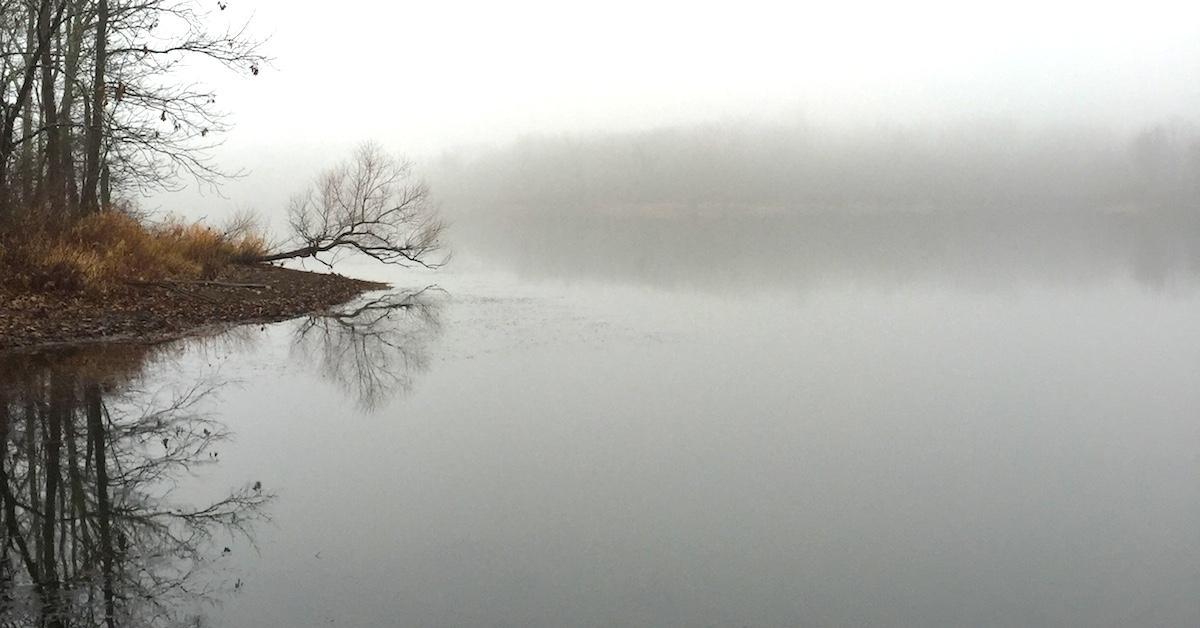6 Things To Look For When Fishing New Waters
People are creatures of habit. We like to get up at the same time, drive the same routes every day, eat at the same restaurants, and sleep on the same side of the bed. There’s nothing wrong with that either. We find comfort in routines, and they allow us to focus on the important things while muscle memory carries us through the minutiae. But how many of you have fallen into a routine with your fishing? Do you fish the same lake every time you go out? How about the same spots, with the same lures?You don’t have to answer; if you’re like the vast majority of anglers your answer was yes. Fishermen are more inclined than many to fall into routines because we are by nature afraid of failure. If you’ve caught good fish on one lake in one spot in the past, why on earth wouldn’t you go back there and try to replicate that success. Unfortunately, fish are not static creatures, and where you caught them yesterday likely won’t be where you catch them tomorrow. The most successful anglers have short memories, and fish every day for the specific conditions and opportunities it provides. One of the best ways to break fishing routine-itis is to try out a new waterbody. Without any history, you’ll have no choice but to fish the moment and try to decode that lake’s mystery. Breaking new water down isn’t always easy though, as you can easily be overwhelmed and end up being inefficient. The good news is that there are certain structures, bottom types, and cover that consistently hold fish, and those are the things you want to concentrate on. Here’s a breakdown of 6 things to look for when fishing new waters:
1. Water color
This should be the first thing you notice when you are fishing new water because it determines so much about how you proceed. If it’s gin clear, the fish will likely be deeper and respond better to natural colors and finesse presentations. If it’s murky, you’ll likely be better off staying shallow and trying bright or dark presentations so the fish can track them.Best bets: In clear water, try finesse worms like the BioSpawn PlasmaTail or a natural colored crankbait like the Castaic BD12. In dirty water, try a black and blue Z-Man Original Chatterbait, a chartreuse/black back Strike King KVD 1.5 crankbait, or a black neon tube.
2. Baitfish
It’s a good idea to spend a couple minutes right when you get on a new waterbody thinking about and looking for any signs of baitfish. Do you see a bunch of little bluegill swarming around the docks? Are there shad flickering along a rip rap bank? By looking for baitfish, you can get a good idea of what the predatory fish are eating, and thus which presentations you should be throwing.Best bets: Around bluegills, try swimming a green pumpkin jig with a Bruiser Baits Super Swimmer trailer. If you see shad flickering, try a silver ½ ounce Terminator spinnerbait or a Rebel Pop-R topwater.
3. Vegetation
Look for any emergent or submergent vegetation, and fish it. Fish of all species love vegetation because it oxygenates the water, provides cover, and harbors a tremendous amount of insect and plankton life. Start with moving baits around the edges and over the top of any vegetation, and if that doesn’t work, try slowing down and fishing the holes and edges more slowly.Best bets: Around pads, try a Booyah popping frog. In heavy vegetation, flip a Texas rigged Yamamoto Senko into holes in the grass. If the grass is sporadic, try working a lipless crankbait like the Sebile Action First Lipless Seeker
4. Points
Whenever the bank juts out into the lake or river, a point is formed. Points are another fish magnet, because they serve as a stopping place for any fish that are moving from one part of the lake to another; and because they usually offer an excellent transition between deep water and shallow water. In reservoirs and rivers, points also act as current breaks – which allow predatory fish a perfect place to wait and ambush baitfish.Best bets: Try cranking a Strike King 6XD along the deep edge of points, or drag a Carolina rigged Biospawn VileCraw around the edges.
5. Rip rap
In rivers and most manmade lakes, governments and private contractors have lined the banks at one place or another with long stretches of big boulders called rip rap. Rip rap’s primary function is to armor a shoreline against wave erosion, but it also creates some of the best fishing areas on many lakes. Rip rap is prime habitat for crayfish, shad, and many other forage species, as well as an excellent transition between deep and shallow. Best bets: In the low light hours, run a 3/8 ounce Booyah buzzbait along the rocks, and as the day progresses, back off and throw a shakey head with a Zoom Finesse Worm.
6. Docks
Docks are not just places to tie up your boat. They are also excellent fish habitat, and in some lakes, the dominant form of fish habitat. Fish of all species like docks because they offer vertical cover and shade. Many shoreline homeowners have also placed brush under their docks to increase the fish habitat, which can make them even sweeter. Best bets: For skipping under docks, there isn’t much better than a soft stick bait like the BioSpawn ExoStick rigged wacky style. If the dock is floating, try running a jerkbait like the Luck E Strike RCX parallel to the floats.Remember, fishing new waters isn’t always easy, although using these techniques above will help you catch fish and make the most out of your next fishing trip.
Updated May 25th, 2016 at 7:52 PM CT


